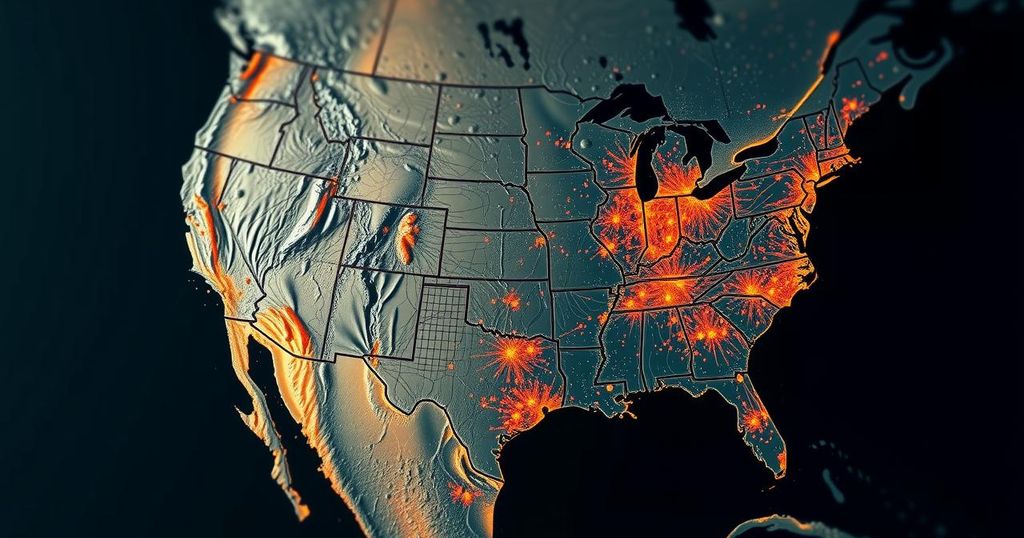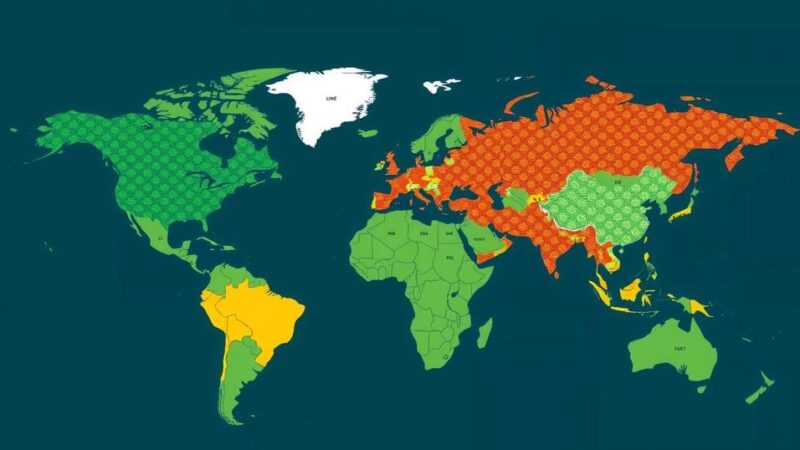A 4.4-magnitude earthquake occurred near Borrego Springs, California, on November 7, created by tectonic movements. This earthquake followed a similar event in Greece and a series of tremors in California and other regions, highlighting a pattern of significant seismic activity. The USGS reports are crucial for public awareness and safety regarding earthquakes.
On November 7, a 4.4-magnitude earthquake struck near Borrego Springs, California, at a depth of 9.8 kilometers (approximately six miles). This seismic event was reported by the United States Geological Survey (USGS), which noted that 257 individuals had reported feeling the tremor. Just days prior, on November 5, Greece also experienced a 4.4-magnitude earthquake centered in Chalandrítsa at a significantly greater depth of 82.3 kilometers (about 51.1 miles). Meanwhile, on the same day as the Greek quake, Hawaii was hit by a 4.8-magnitude earthquake near Pāhala at a depth of 38.4 kilometers (about 23.9 miles). Prior to these events, California felt a 3.3-magnitude earthquake in Anza at a depth of 12.1 kilometers (approximately 7.5 miles) on November 4. On the preceding Sunday, a series of earthquakes included a 4.3-magnitude quake in La Serena, Chile, at a depth of 46.1 kilometers (about 28.65 miles) and a 3.7-magnitude earthquake in Steele, Missouri, at a depth of 10.5 kilometers (about 6.5 miles). Notably, a 5.3-magnitude earthquake occurred in Greece that Sunday, with its epicenter in Néa Poteídaia, occurring at a depth of 10.0 kilometers (about 6.2 miles). The tremors from these recent earthquakes are notable, especially following a significant 6.0-magnitude event in Oregon on October 30. This earthquake was centered in Windsor at a depth of 10 kilometers (about 6.2 miles). In the days leading up to the California earthquakes, two smaller seismic occurrences of 3.2-magnitude were recorded in Lompoc and Windsor, demonstrating California’s heightened seismic activity during this period.
Earthquakes are natural phenomena caused by the movement of tectonic plates and can occur at varying magnitudes and depths. The USGS monitors seismic activity globally and provides timely updates on earthquakes, including their magnitudes, locations, and the depth at which they occur. Understanding the patterns of these events is crucial for assessing seismic risks and enhancing public awareness regarding earthquake preparedness. The recent earthquake activities reported by the USGS showcase notable seismic occurrences across various regions, calling attention to the ongoing geological dynamics in the Earth’s crust.
In conclusion, the recent seismic activity across California, Greece, Hawaii, and Chile underscores the unpredictable nature of earthquakes, highlighting the need for vigilance and preparedness. The United States Geological Survey continues to play a critical role in monitoring and reporting these events, providing valuable information that can help mitigate risks associated with such natural disasters. Awareness and understanding of these phenomena are essential as the world witnesses frequent seismic activity.
Original Source: wsyr.iheart.com






